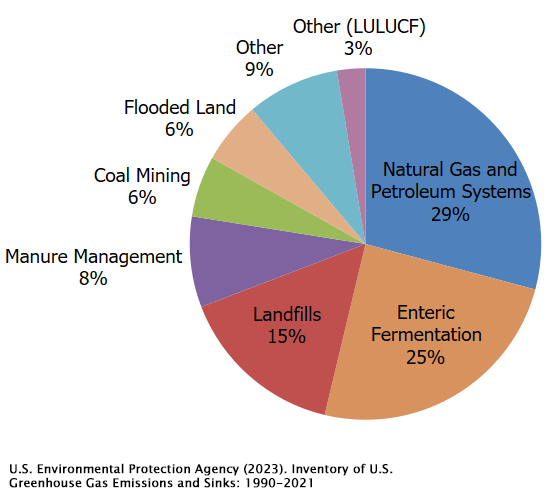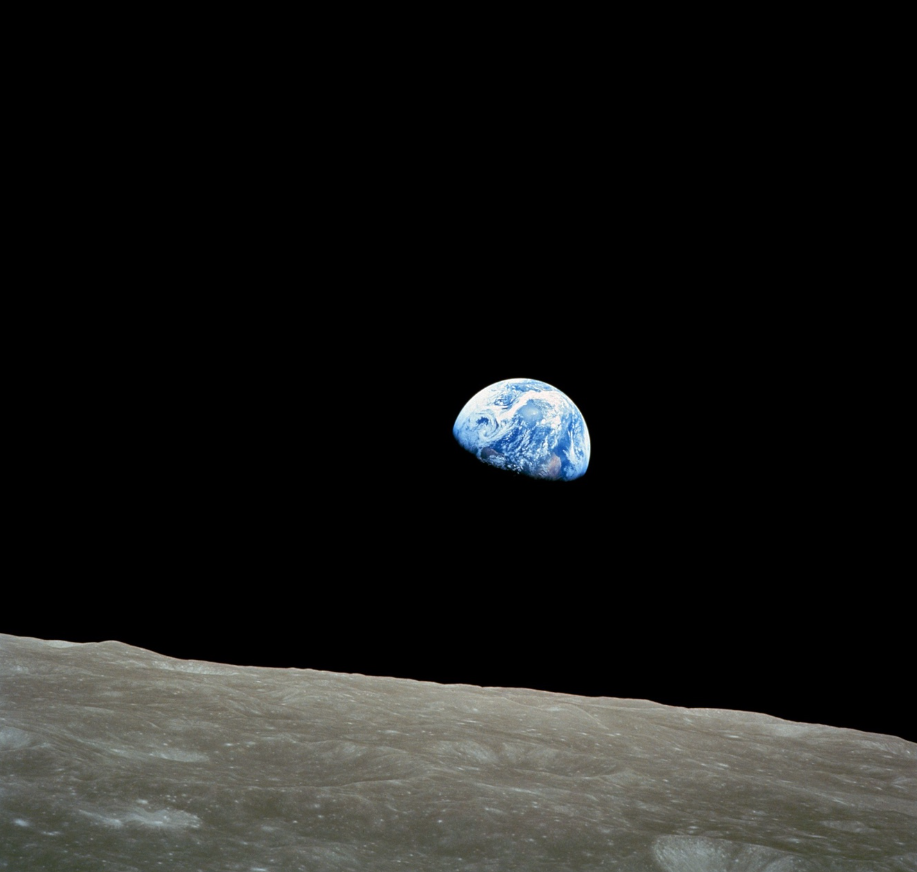For organizations that can move to digital transformation, radical transparency will be among the first of the benefits. Things we couldn’t see or didn’t know will become evident. Most of this transformation will happen through open-source data that has been validated by multiple, impartial parties. Chainlink’s Cross Chain Interoperability Protocol (CCIP) calls them Decentralized Oracle Networks, or DON’s.
CCIP enables our development teams to harness the advantages of liquidity and tap into the benefits offered by diverse blockchain ecosystems. This allows for a much more mature and inclusive stakeholder profile, thereby allowing all the voices to be heard. The adaptation towards more open-source profiles is a lead indicator for socially aware investors and illustrates a strong commitment to transparency for key stakeholders. These models are so powerful, they cannot be ignored.
An interesting example of this is the Environmental Defense Fund’s recent launch of MethaneSAT also known as “The Security Camera of the Planet.” SpaceX Falcon 9 rocket launched MethaneSAT safely into orbit yesterday March 4, 2024. The satellite will orbit the earth 15 times a day (once every 96 minutes) to monitor oil and gas operations and other sources of methane emissions around the world.
Methane is a primary component of natural gas. It’s also a greenhouse gas so its presence in the atmosphere affects the Earth’s temperature. It’s 28 times as potent as carbon dioxide at trapping heat in the atmosphere. Methane is emitted from a variety of human-influenced and natural sources.
Let’s double-click on those sources:
Anthropogenic Sources (Human-Made)
-
Fossil Fuel Industry: Methane is released during the extraction, processing, and transport of fossil fuels, including oil and natural gas.
-
Agriculture: Enteric fermentation, anaerobic environments found in rice paddies, manure management, soil management (ferts and flooding) as well as land use changes including clearing of greenfields and deforestation.
-
Landfills: Waste layers with pockets of released gasses as well as the machinery used in compaction processes
Natural Sources
-
Wetlands: methane is produced during the breakdown of organic material in anaerobic conditions.
-
Termites: These insects digest cellulose and other organic matter, which produces methane as a byproduct.
-
Hydrates: Methane clathrates of hydrates are solid ice-like structures found in sediments under the ocean floor and beneath permafrost, which release methane when they destabilize.

The release of methane from permafrost thawing is particularly concerning because it represents a positive feedback loop in climate change: warming leads to permafrost thaw, which releases methane, which contributes to further warming, thus accelerating the process of permafrost thawing and methane release. See also: thermokarst lakes and methane clathrates.
There are science-based targets around biodiversity measures that we, as individuals, can achieve together. Our contribution has a compounding multiplier effect.
It’s hard to recognize and monitor that which we cannot see. Radical transparency through digital transformation will expedite the learning process and lower the barrier to accessing validated information. An increase in awareness will lead to recognition and hopefully translate to behavioral change. There’s a critical mass known as the tipping point which is the exact moment the reaction becomes self-sustaining. To me, this is when the majority becomes aware of the information. When they start to ‘see’ it.
Stewart Brand initiated a public campaign in 1966 to have NASA release the then-rumored satellite photo of the sphere of Earth as seen from space. Before that, the global view of the planet was largely tied to mushroom clouds and the destruction of our previous world wars. Because of its history and powerful message, the Earthrise photo, taken by astronaut Bill Anders during the Apollo 8 mission continues to ignite environmental awareness. He later said, “We came all this way to explore the Moon, and the most important thing is that we discovered the Earth.” Since that day, we’ve had awareness and appreciation for the beauty of the place we all call home.

References: (1)
References: (2)
Audio Track: